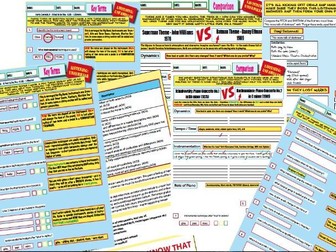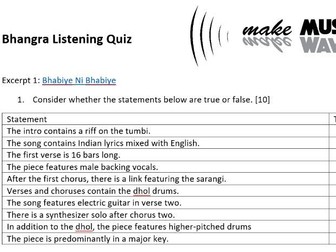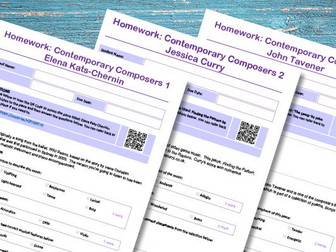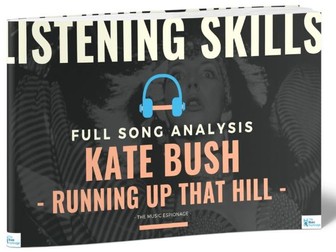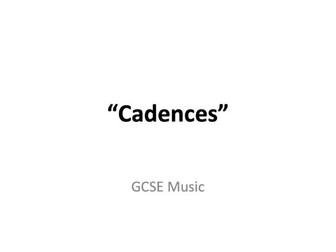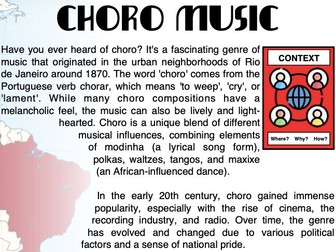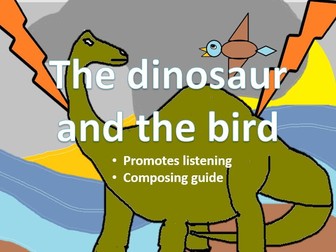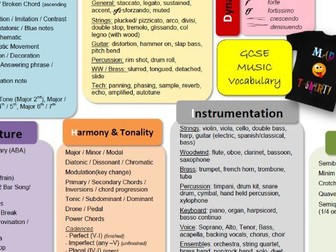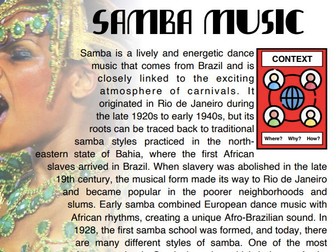Sale

Composing Practice Music Worksheets - Rhythm Composing Activities
Composing Practice Music Worksheets - Rhythm Composing Activities
You’ll get 4 music worksheets (each with a different time signature) that you can use for short assessments, morning work or warm up exercises. Students will be able to easily practise rhythms while having fun!
It’ll be a useful resource during your class that will boost your teaching efficiency!
Thank you for stopping by!
You can contact me with questions about this product. Thank you for all reviews, ratings and comments you leave on my profile!

